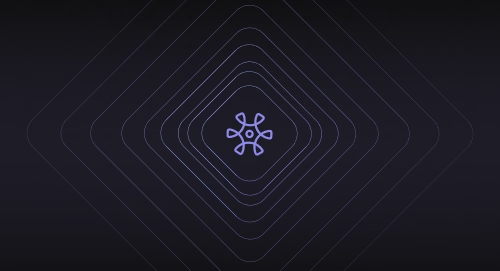Longitudinal Study Design: How to Track Real Change Over Time (Not Just Snapshots)
Turn fragmented surveys into continuous learning workflows
Most research teams collect data once and wonder why they can't track real change—or they run multiple disconnected surveys and drown in fragmented spreadsheets.
Traditional survey tools treat each data collection wave as a separate event. Records don't connect. Participants get duplicate links. Analysis happens months later—if it happens at all—because someone has to manually match responses across time periods, clean duplicate entries, and code open-ended feedback by hand.
This fragmentation kills the core advantage of longitudinal research: understanding trajectories. When organizations can't connect baseline data to midpoint check-ins to final outcomes, they're left guessing whether their programs actually drove improvement or whether other factors mattered more.
Sopact Sense eliminates this problem at the source. Instead of treating longitudinal data collection as a reporting challenge solved after the fact, we built unique participant IDs, relationship mapping, and real-time qualitative + quantitative analysis directly into the data collection workflow.
The result: clean longitudinal data from day one, continuous feedback loops that inform program adjustments in real time, and AI-powered analysis that turns months of manual coding into minutes of insight generation.
What You'll Learn in This Guide
- How longitudinal study design differs from cross-sectional research and why it matters for proving impact
- The three critical elements of effective longitudinal data collection that most survey tools ignore
- Why traditional approaches fail at tracking participants across time—and how unique ID systems solve this
- How to analyze both quantitative metrics and qualitative narratives across multiple time points without manual coding
- Real examples of longitudinal research in workforce training, nonprofit programs, and customer experience tracking
Let's start by understanding what makes longitudinal research fundamentally different from the one-time surveys most organizations rely on.






